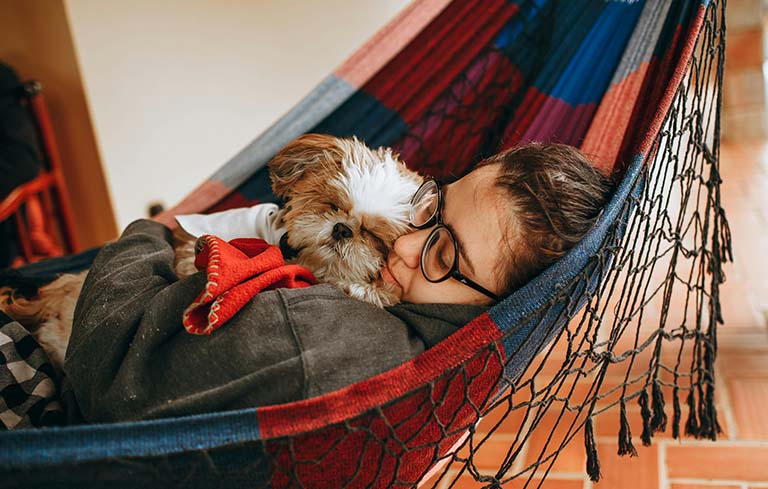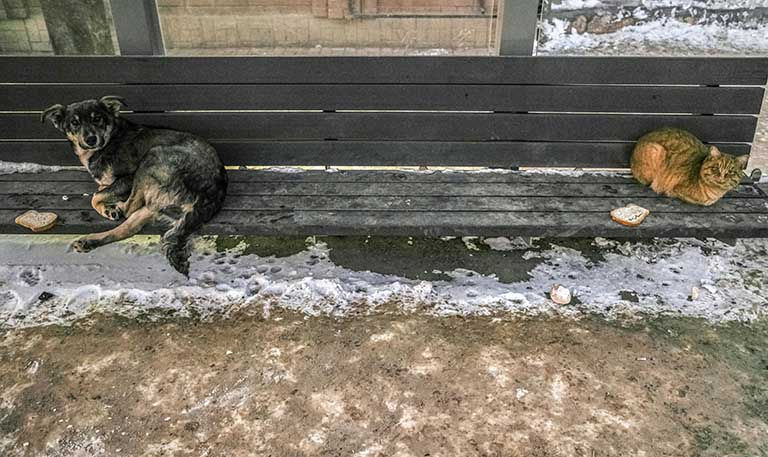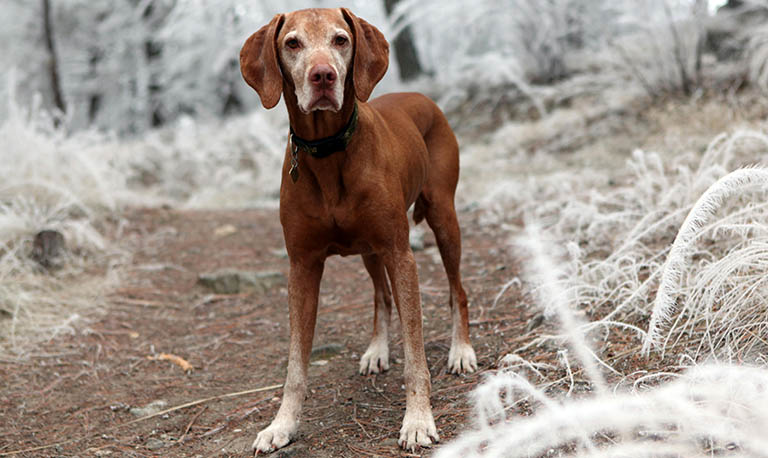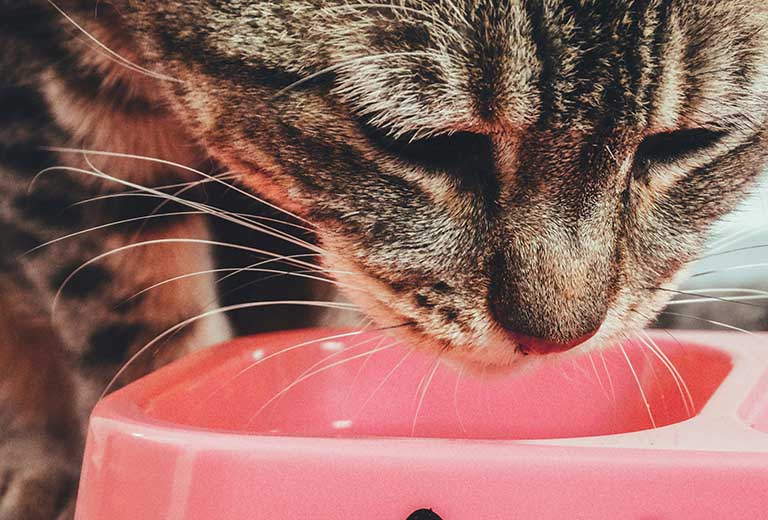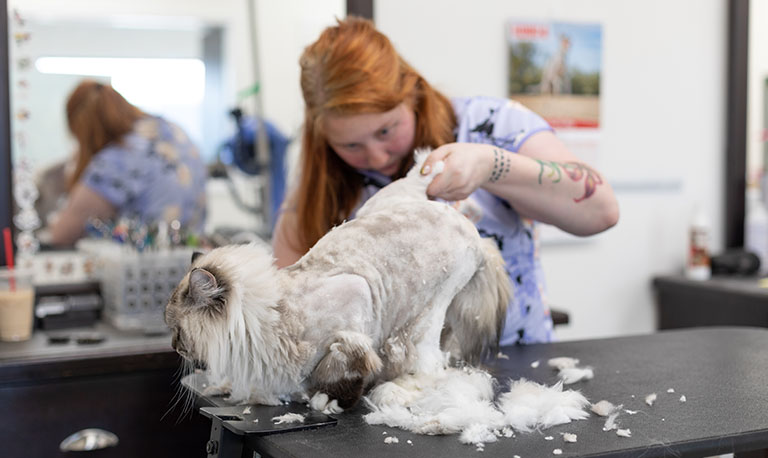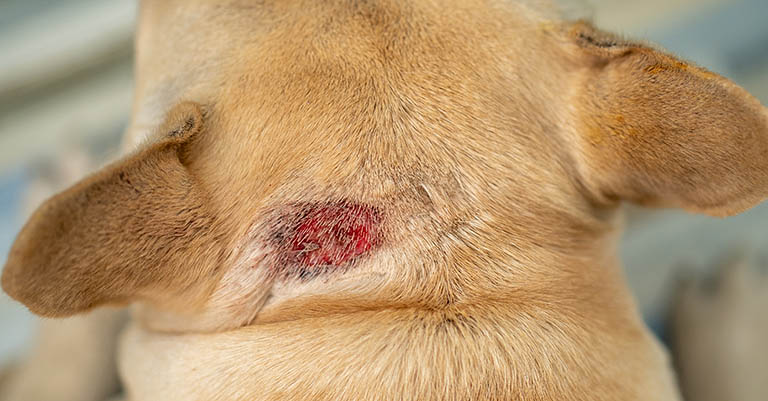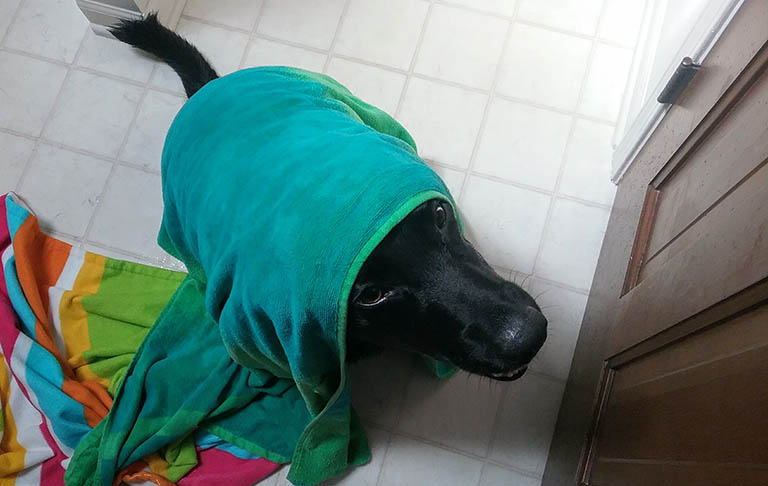Grooming is an essential part of keeping your dog healthy and looking their best, but with so many different styles available, choosing the right haircut can be overwhelming. Whether you’re aiming for a practical, low-maintenance look or something more stylish and eye-catching, there’s a grooming style to suit every dog’s needs and personality. In this blog, we’ll explore some of the most popular dog haircuts, including the Puppy Cut, Teddy Bear Cut, Lion Cut and more. Understanding the options will help you select the perfect cut that not only enhances your dog’s appearance but also makes their coat easier to care for.
“The Puppy Cut”
While the term “Puppy Cut” is widely recognized among pet parents, it’s important to note that there’s no official grooming style by this name. Traditionally, the only true Puppy Cut refers to a Poodle puppy being groomed into a continental trim as they mature. However, in everyday grooming conversations, “Puppy Cut” has become a catch-all term that pet owners use to describe a haircut where the dog’s fur is trimmed to a uniform length across the body. This trim typically includes a rounded head and a neatly trimmed tail, but there’s no specific length required—it can range from ¼” to 1” depending on your preference. The “Puppy Cut” is versatile and can be adapted to suit any breed that requires regular haircuts, making it a popular choice for pet parents looking for a simple, yet stylish grooming optio

The Teddy Bear Cut
The Teddy Bear Cut is a delightful grooming style that gives dogs a fluffy, rounded appearance, especially around the face, making them look irresistibly like teddy bears. This cut typically features a short body with longer, fluffier legs and a rounded, teddy bear-like head. It’s particularly well-suited for breeds such as doodles (including goldendoodles and labradoodles) and bichon frisés, with each breed showcasing its own variation of the Teddy Bear Cut. The charm of this style goes beyond its cuteness; it also maintains some length, offering a soft, cuddly look that many dog owners find appealing.
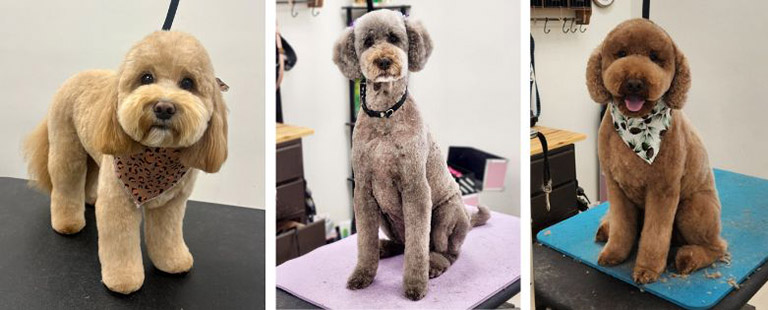
The Lion Cut
The Lion Cut gives dogs a bold and majestic look by mimicking a lion’s mane. In this style, the body is clipped short, while the hair around the head, neck and sometimes the tail is left longer, creating a striking contrast that resembles a lion. This dramatic cut is the breed standard for Portuguese water dogs, highlighting their distinctive appearance. The Lion Cut not only makes a statement with its unique and eye-catching style but also adds a touch of regal elegance to your dog’s overall look.

The Top Knot
In the pet grooming world, the term “Top Knot” can refer to two distinct styles, often leading to some confusion. The first, known as the Poodle Top Knot, involves creating a voluminous poof on the top of the dog’s head, with the edges meticulously shaped to be clean and round. This elegant look is a hallmark of Poodle grooming, emphasizing the breed’s iconic appearance.

The second type of Top Knot refers to a style where the long hair on the top of a dog’s head, typically in breeds like Shih Tzus, Lhasa apsos and Yorkshire terriers, is gathered into a knot or ponytail. This version is more practical, keeping the hair out of the dog’s eyes while adding a touch of personality and flair. Both styles serve different purposes and suit different breeds, showcasing the versatility and creativity in dog grooming.

The Miami Clip
The Miami Clip is a type of Poodle Cut. It is a timeless grooming style characterized by shaved legs, face and tail, while leaving puffs of fur on the ankles, head and tail tip. This classic cut is ideal for poodles—whether standard, miniature or toy—as well as other curly-coated breeds. The Miami Clip not only adheres to traditional breed standards, showcasing the dog’s elegant appearance, but also aids in maintaining the curly coat by preventing excessive matting.

The Lamb Cut
The Lamb Cut is another type of Poodle Cut. It is a haircut where the body is trimmed short, while the legs are left longer and fluffier, giving the dog a look reminiscent of a lamb. This cut is particularly suited for breeds like poodles, bichon frisés, poodles and other curly or wavy-haired dogs. The Lamb Cut strikes a balance between style and manageability, offering an adorable appearance while retaining enough length to maintain a fluffy, cuddly look. It’s a great choice for those who want their pets to look charming and fashionable while keeping grooming routines simple.

The Right Haircut
Choosing the right dog haircut is about more than just aesthetics; it’s about finding a style that fits your pet’s lifestyle, breed and grooming needs. From the classic Miami Clip to the playful Lamb Cut, each grooming style offers its own unique benefits. By understanding these popular cuts, you can make an informed decision that ensures your dog looks great and feels comfortable. Regular grooming is key to maintaining a healthy coat, so whichever style you choose, be sure to keep up with your dog’s grooming routine to keep them looking and feeling their best.





